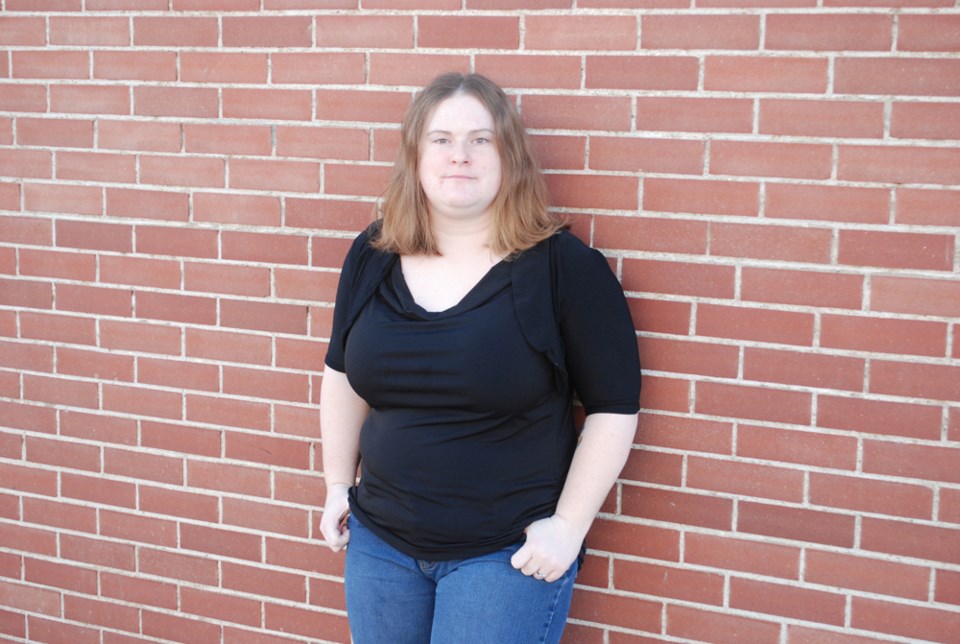We have a new Saskatchewan Party leader, with the race coming to an end at the party leadership convention on Jan. 27.
It took five rounds of voting for Scott Moe to be declared winner. In the end he took 8,075 votes, or 53.87 per cent of the vote.
As leader of the Saskatchewan Party, Moe is also now premier-designate of Saskatechwan, an office he will hold until the 2020 election.
In Canada, leaders of political parties are elected by their own members at both the provincial and federal levels.
If the party gains power, voilà, there is the leader of provincial or federal governments.
This means party leaders are not elected by those whom they will lead.
Because the Saskatchewan Party currently has the most seats in the province, its members spent the weekend electing the next premier, who will govern the province even though he was not party leader at the last election.
According to a Dec. 18 press release, “27,125 party members will be eligible to vote.”
With a voter turnout of 63.3 per cent of party members, that means 17,159 of Saskatchewan’s 1.13 million residents decided the leader of the province.
That’s a small number even when compared to the 812,224 people who were eligible to vote in the 2016 provincial election, and the 434,244 people who actually did vote.
It’s worth noting as well that, during the Saskatchewan Party leadership race, most of the events held in communities across the province were member-focused events with only members invited to speak.
The fact that only Saskatchewan Party members were eligible to vote could explain why membership numbers tripled after Brad Wall announced his retirement.
With only a select few choosing the next leader, of course candidates would focus on that portion of the population who are card-carrying members of the party.
All five candidates did visit Humboldt, and I cannot say that they only spoke with party members, considering some did some door-knocking. That being said, meet-and-greet events, which were pretty prevalent during the campaign, were geared toward party members.
Only Tina Beaudry-Mellor consistently went out of her way to speak to people outside the Saskatchewan Party membership. She did not hold meet-and-greet events, choosing instead to go out to businesses and talk to people.While I am sure there were other reasons, her message did not get out to voters and she was eliminated in the second round of voting with barely two per cent of the vote.
Now I know people are going to say that that is just how the system works, but that does not make it fair.
Especially in a case like this, we should be looking into a new way of voting.
Back in 2013, when the Canadian Liberals were going through their leadership race, they brought a second classification in so that non-members could vote.
People could either sign up for a Liberal membership or be classified as a supporter, in which case they did not have to pay the membership fee and still were able to vote for the next leader.
While it is too late for Saskatchewan, especially when it comes to the leadership of an entire province, more should be done to include as many residentsof that province as possible.



